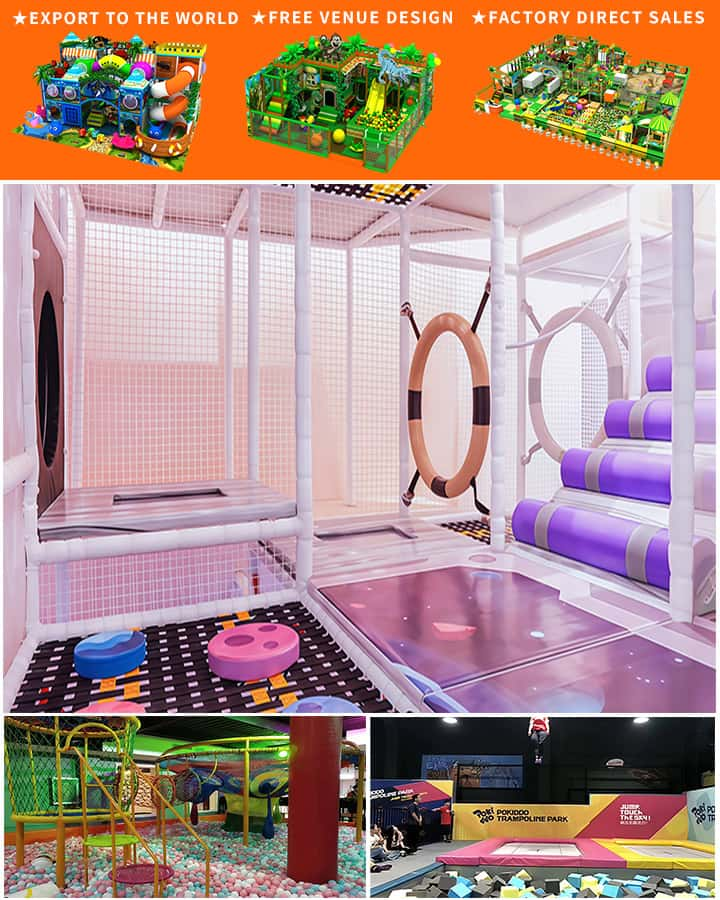Purchasing playground equipment is an essential decision for schools, parks, and community centers that aim to provide safe and enjoyable recreational spaces for children. However, determining the best investment involves understanding various factors that influence playground equipment prices. This comprehensive guide will help you navigate the complexities of selecting high-quality and cost-effective playground solutions.
Factors Influencing Playground Equipment Prices
Several key factors contribute to the pricing of playground equipment. Understanding these can help you make informed decisions and find the best value for your investment.
Material Quality: The materials used in playground equipment significantly affect its price. High-quality materials such as durable plastics, treated wood, and metals are more expensive but offer greater longevity and safety. For instance, stainless steel swings and slides tend to last longer than their cheaper counterparts made from galvanized steel or aluminum.
Safety Standards and Compliance: Ensuring that playground equipment complies with local and international safety standards (such as ASTM F1487 in the United States) adds to the overall cost. Certified products may be pricier but provide peace of mind by adhering to rigorous testing and quality assurance measures.
Design and Features: Custom-designed playgrounds with unique features like themed areas, interactive installations, or inclusive designs for children with disabilities often come with a higher price tag. While standard pre-fabricated equipment might be less expensive, bespoke designs can better meet the specific needs and preferences of the community they serve.
Manufacturer Reputation: Established manufacturers with a strong reputation for producing reliable, safe, and innovative playground equipment typically charge higher prices. These companies invest in research and development to create products that stand the test of time and provide superior performance.

Installation and Maintenance Costs: The total cost extends beyond the initial purchase price. Professional installation ensures that the equipment is set up correctly and safely, which can prevent accidents and extend the lifespan of the playground. Additionally, maintenance expenses should be considered, as regular upkeep is necessary to keep the equipment in good condition.
Types of Playground Equipment and Their Average Prices
Here’s a brief overview of common types of playground equipment and their average prices to give you a better idea of what to expect:
Swing Sets: Prices range from \(200 for basic models to over \)2,000 for premium sets with multiple swing types, safety harnesses, and accessories.
Slides: Simple, standalone slides can start at \(100, whereas large commercial-grade slides designed for heavy use can cost upwards of \)1,500.
Climbing Structures: Basic climbing structures for residential use can range from \(500 to \)3,000, while elaborate commercial climbing systems can exceed $10,000.
Merry-Go-Rounds and Spinners: These typically range from \(500 to \)3,000 depending on size, capacity, and additional features like roofs or seating.
Playground Surfacing: Safety surfacing materials such as rubber mats, wood chips, or poured-in-place surfaces vary widely in price, usually between \(4 and \)14 per square foot, including installation.
Making the Best Investment Decision
When evaluating playground equipment prices, it’s crucial to balance cost with quality and safety. Here are some tips to ensure you make a wise investment:
Conduct Thorough Research: Compare different brands and models, read reviews, and ask for recommendations from other institutions that have purchased similar equipment.
Consider Long-term Value: While it might be tempting to opt for lower-priced options, investing in high-quality equipment can save money in the long run due to reduced maintenance and replacement costs.
Consult Professionals: Work with experienced playground designers and suppliers who can provide expert advice tailored to your specific needs and budget constraints.
Plan for Scalability: If possible, choose modular systems that allow for future expansion or upgrades, which can adapt to changing requirements and growing user numbers without needing a complete overhaul.
In conclusion, playground equipment prices are influenced by various factors that go beyond mere sticker shock. By considering material quality, safety standards, design features, manufacturer reputation, and ongoing maintenance costs, you can make a well-informed decision that ensures a safe and enjoyable play environment for children while also providing excellent value for your investment.




